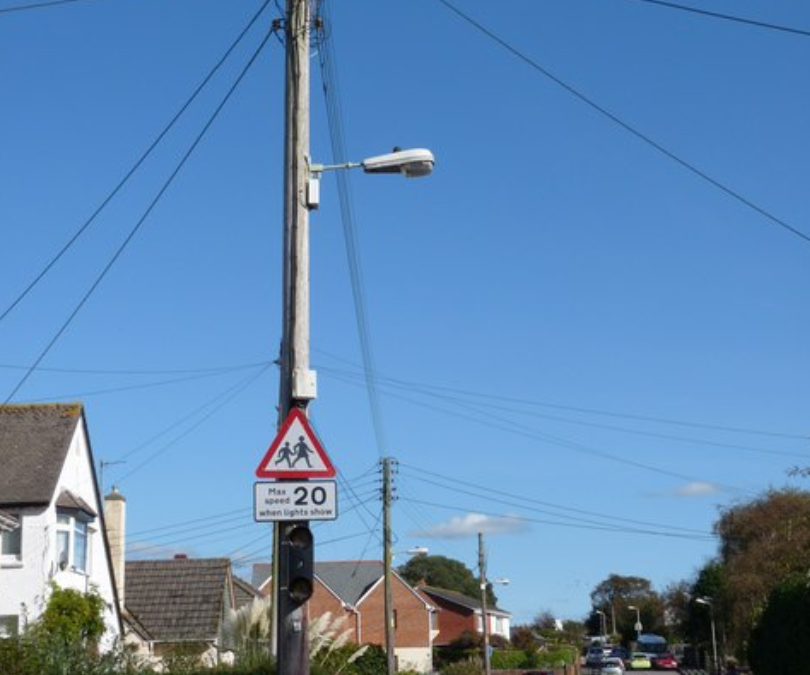Telecommunications poles have been in the news a lot recently, despite being used for more than a century and being present in many towns and cities in the UK. ISPA is working with its members to explain why poles are being used and answer some commonly posed questions. See some of our findings below:
- Why do I need gigabit/full fibre broadband?
Full fibre gigabit broadband is technology infrastructure needed to underpin the UK for decades to come. From accessing public services, working from home, streaming video content to educational resources and staying in touch with friends, the social and economic benefits are vast. Communities that are not upgraded to better broadband run the risk of being subject to a new digital divide unable to enjoy the same level of connectivity of others. In addition, research shows that broadband speeds increase property prices and are one of the key things prospective buyers and renters look for.
- I already have good broadband, why are you building in my area?
The UK largely has good broadband based on a mix of fibre and copper cables. While this may do the job for most now, the UK is being upgraded to faster, more reliable and future proof infrastructure that will support our economy and lives for decades to come. Fast progress has been made and the UK is currently covered by nearly two-thirds. Once in place the infrastructure will be there decades. In addition to this, more infrastructure is leading to more competition and choice that will help drive down prices.
- Why are poles used?
Poles are generally used to connect older homes (those built pre-1970s) where there is less ducting to the broadband network. It is often more efficient and less disruptive than digging up pavements and is better value, meaning that more properties and areas can be upgraded quickly. They have been used for more than one hundred years.
- Why can’t you just build underground?
Building underground can often be more disruptive and more expensive, slowing down this much-needed infrastructure programme.
- Can you share access to poles with other providers?
Yes there are rules in place that allow providers to make use of Openreach, the incumbent national network that owns the majority of the UK’s poles and ducting, through something called Physical Infrastructure Access. Data shows that PIA is being used widely by a range of companies. There are some regional differences in certain parts of the UK, such as Hull, where on a practical basis there is less sharing but this is being looked at.
- Why are new poles going up when we already have existing poles and good broadband?
The upgrade to full fibre to date has been delivered by the private sector and has seen a large range of established and newer operators putting new broadband infrastructure in. This means that in some areas, largely towns and cities, there is more competition with more than one broadband network in place. This competition leads to cheaper prices for customers and greater innovation.
- How widespread is the use of poles?
Poles are actually a historic feature of how the UK has built broadband networks - most people just do not notice them. Providers try to avoid using poles in build-up areas, but this not always possible without incurring significantly higher costs or causing long periods of disruption for resident, due to the structure of homes, roads and pavements
- What are the planning rules around the use of poles?
The use of poles is governed by the Electronic Communications Code which gives rights to Code Operators to become ‘statutory undertakers’. This means that they can carry out work in the public highways without requiring any further licences or permission, other than planning permission where applicable. Planning permission is not required where Permitted Development rights are given. Permitted Development rights for Code Operators falls under the Town & Country Planning Act and means that no planning permission is required for new poles provided they are no taller than 15 metres. A Code of Practice sets out guidance and best practice around this.
- Who is paying for this upgrade?
The rollout of full fibre broadband is overwhelmingly funded by the private sector. A mix of established and newer companies are investing in the critical national infrastructure.
- How much would it cost to bury cables in the ground?
In built-up areas the cost per premise passed can often be 4x as high. Given tight budgets, this could result in fewer homes getting broadband if providers cannot use poles.
- Who should people talk to about their concerns?
Our members are bringing better broadband to areas to help serve local communities. We would advise the public to talk to the provider about when they are upgrading the infrastructure.

